New Pinarello Bolide F primed to win the first Tour de France yellow jersey
Filippo Ganna to ride Pinarello's 'fastest ever bike' with custom paint job in the stage-one time trial in Copenhagen
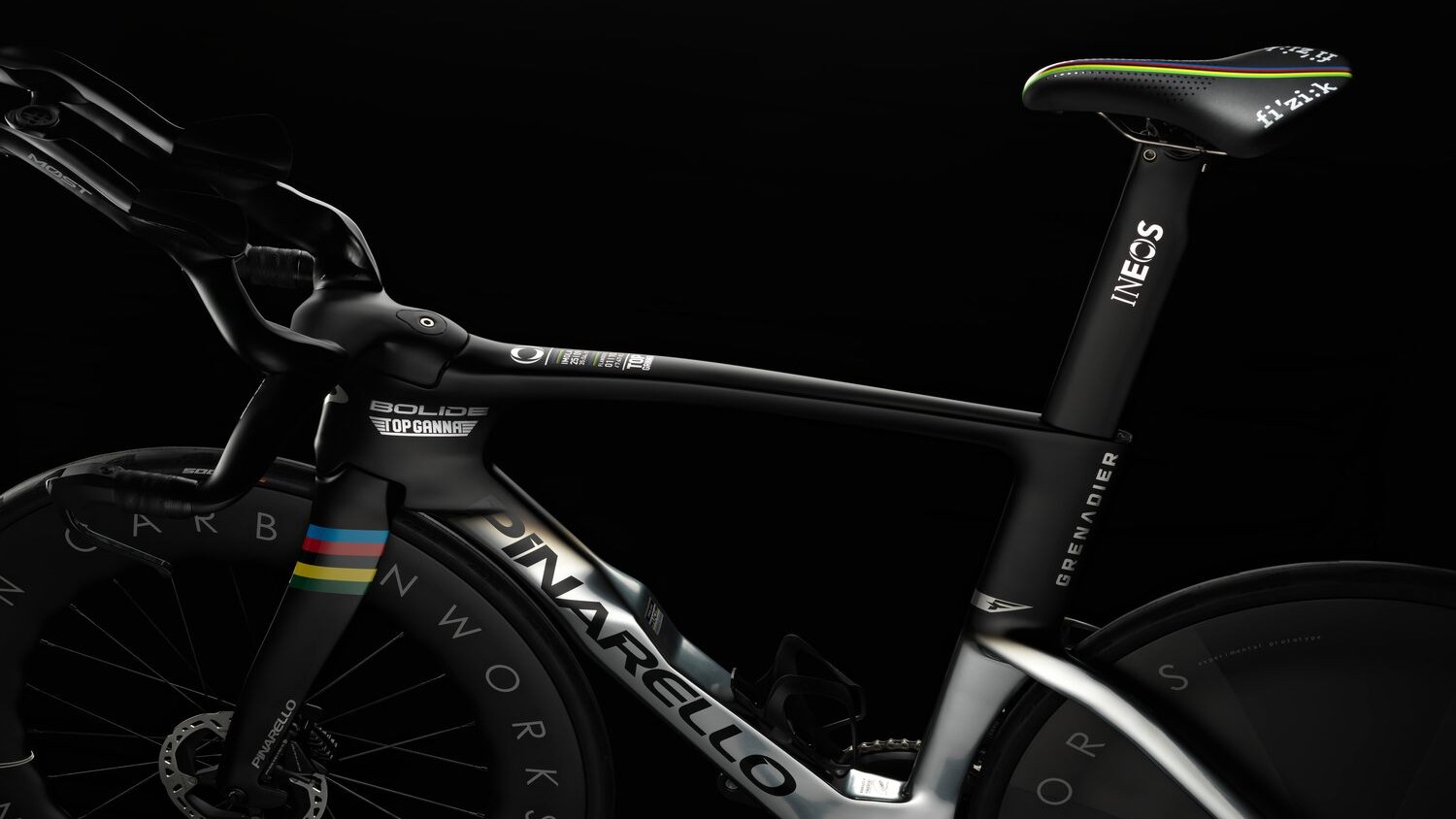

World time trial champion Filippo Ganna will use the all-new Pinarello Bolide F in Copenhagen on Friday when he attempts to take the first yellow jersey of the Tour de France.
The bike - which Pinarello claims is its "fastest ever" was tested in competition at the Tour de Suisse, where Dani Martinez and Geraint Thomas proved that it could be as fast as Pinarello claims it is, and it was also used by Ganna to win the Italian time trial national championships.
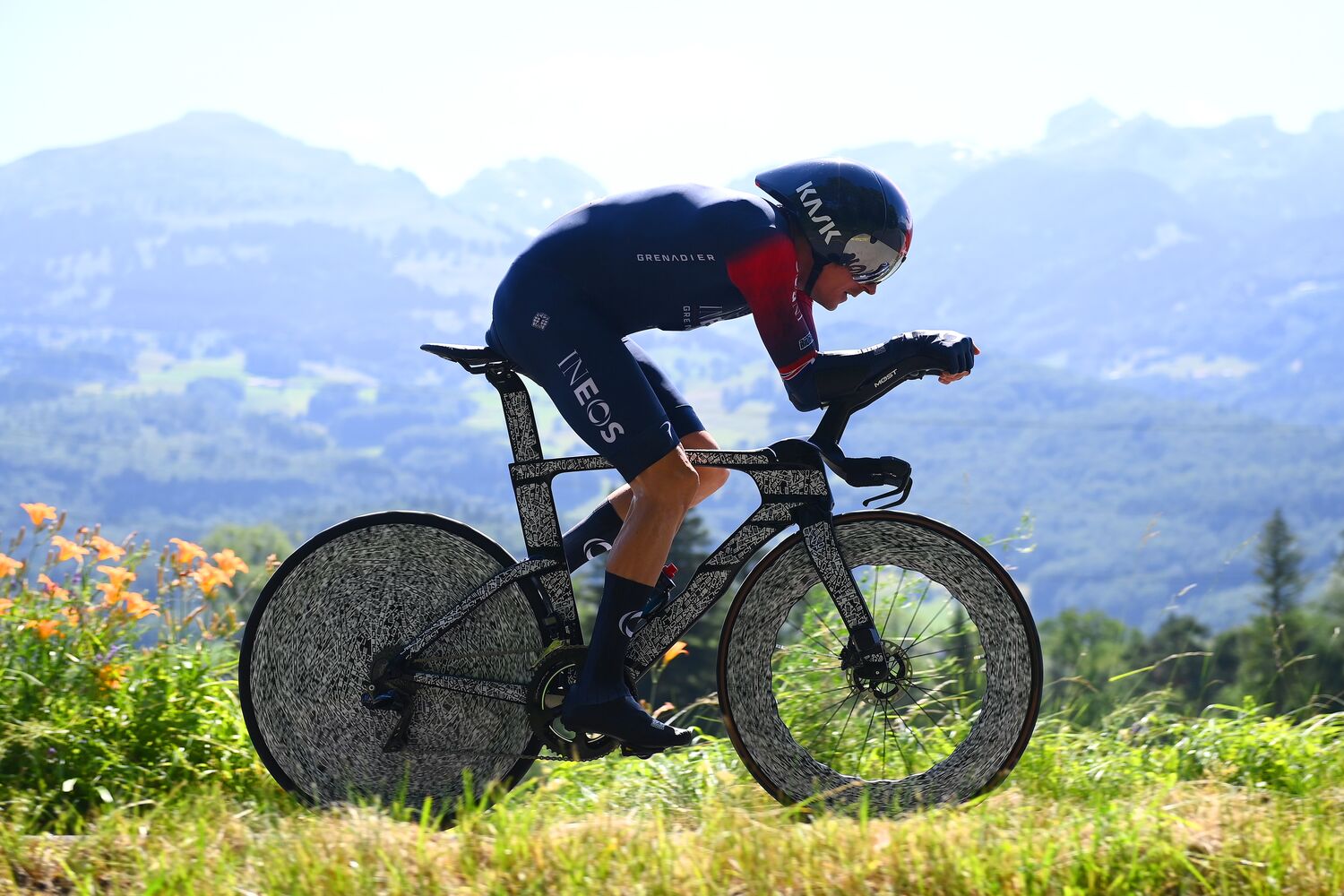
In those early appearances, Pinarello used a camo wrap to ‘disguise’ the bike ahead of the official launch at the Tour, when it will be unveiled with a custom paint scheme.
The new bike, named the Bolide F to align it with the latest Dogma F, is the third version of the bike that was originally created for Team Sky in 2013. Bradley Wiggins used a track version to break the Hour record in 2015.
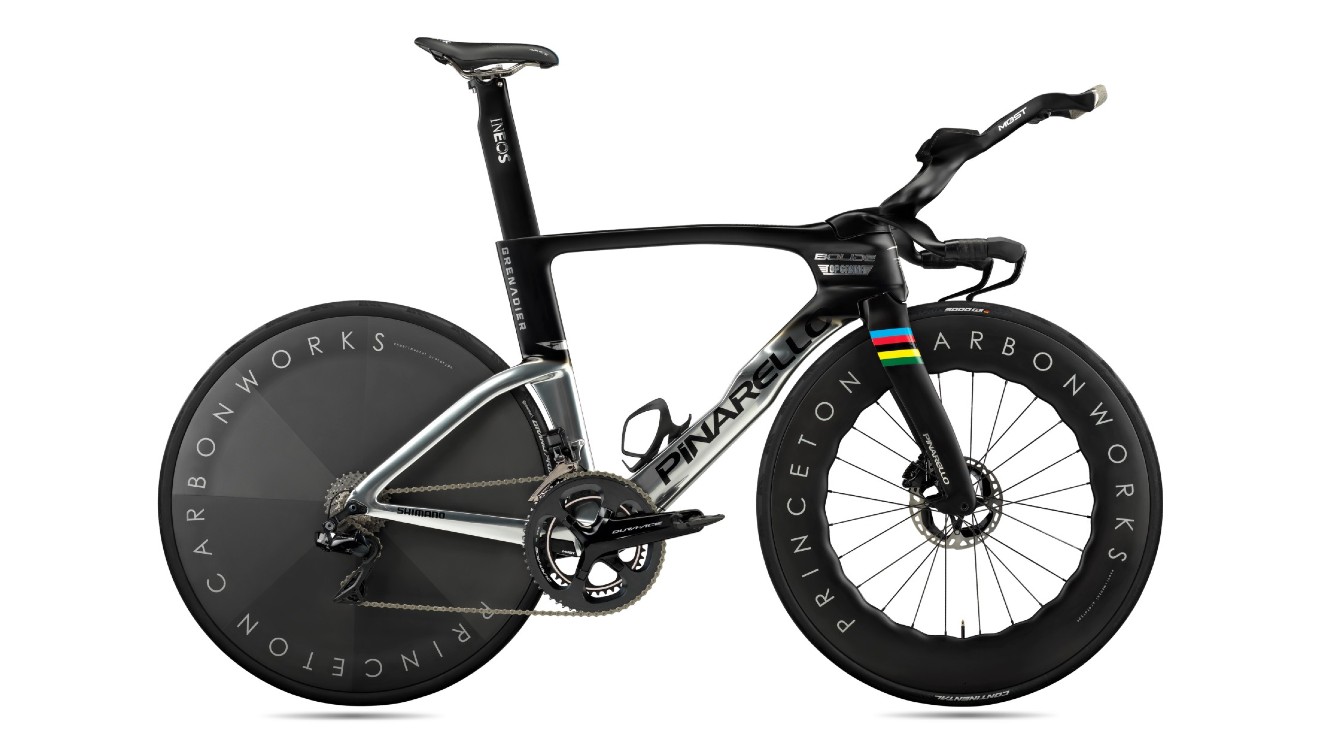
Pinarello says it has built on that foundation but has incorporated the latest technological advances, including recent developments in computational fluid dynamics (CFD) that have helped Pinarello’s engineers to “significantly improve” aerodynamics on the new Bolide F.
According to Pinarello, cloud computing allowed large scalability in terms of computational power – allowing large meshes of around 50 million cells to be solved within hours – and a number of simulations that could be run in parallel.
Improved handling and rolling resistance
Alongside the improved aerodynamics, Pinarello says improving handling and decreasing rolling resistance were two of the primary targets for the new Bolide F. In order for the bike to run bigger tyres - up to 28mm - the bike was designed with disc brakes which, according to Pinarello, added a 1.4% aerodynamic deficit compared with the previous integrated-rim-brake Bolide.
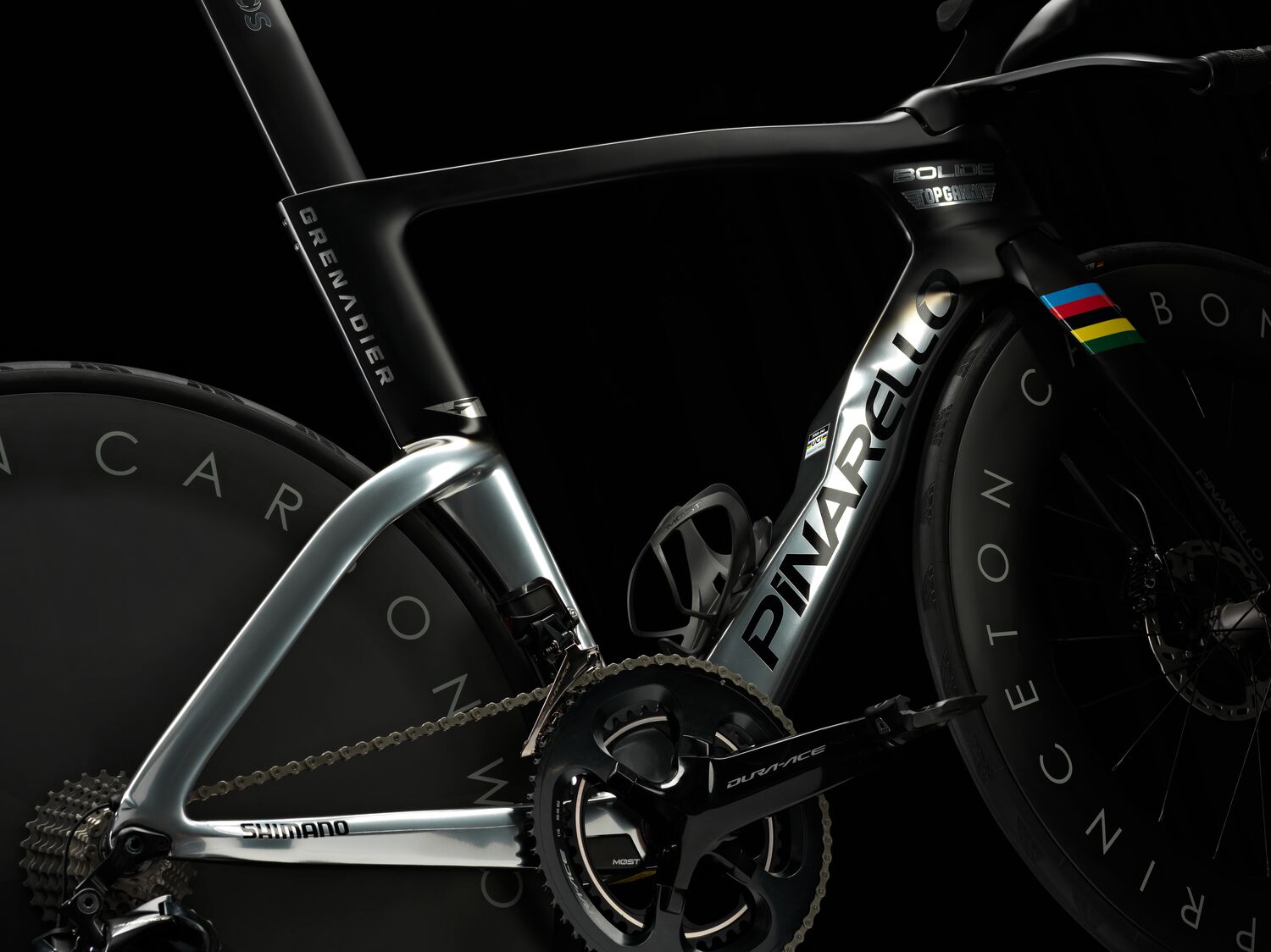
However, Pinarello says the deficit was recovered thanks to a complete redesign of the seat tube, seatpost, seatstays, and chainstays - in other words the whole frame - which it says counterbalanced the increased aerodynamic drag of the disc brake system to create an aerodynamically equivalent bike and rider system.
However, Pinarello admits that total drag of bike and rider is still slightly behind that of the previous Bolide. The Bolide F is within 0.04% (0.0075N) of the previous Bolide TT using the PinaLab weighting scheme, says Pinarello, which studied seven different yaw angles and eight different rider positions.
Nevertheless, Pinarello is claiming the combined package equates to a significant step forward in terms of overall performance.
New base bar and 3D-printed extensions
Pinarello says a new base bar and extensions now provide an aerodynamic benefit in the region of 2-3% improvement on the total drag, though it’s not clear whether this is an improvement that follows the claim that the new bike is within 0.04% of the old bike. We’ve asked Pinarello for clarification.
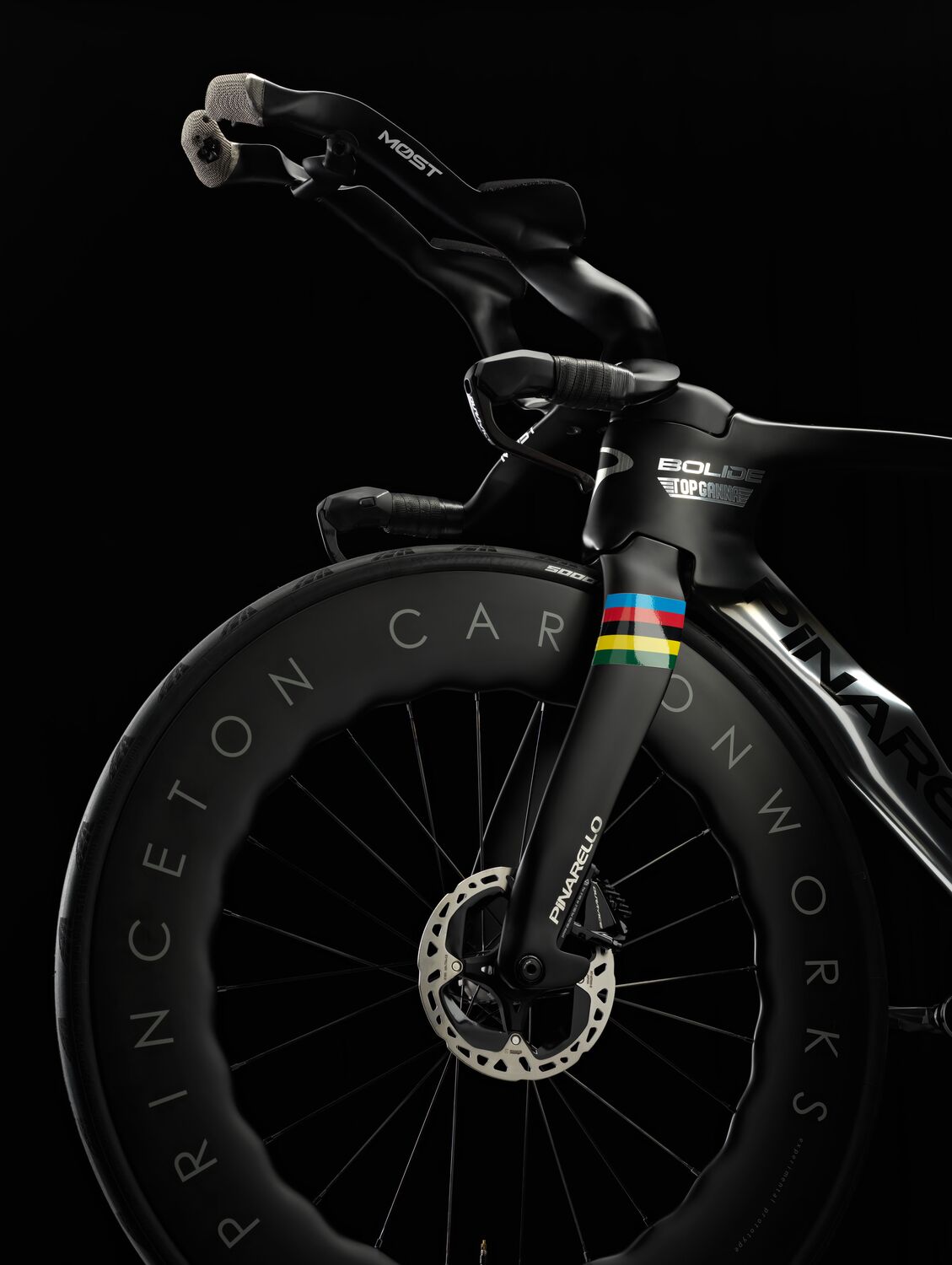
What Pinarello does say, however, is that for the base bar, the development studies were run separately from the frame and fork studies. At 50kph with eight leg positions and seven yaw angles between -15º and +15º the weighted average was 0.1% improvement in total drag, which Pinarello calls aerodynamically equivalent due to the small difference. However, at the higher speeds at elite level it expects the weighted average to be greater than 0.1%
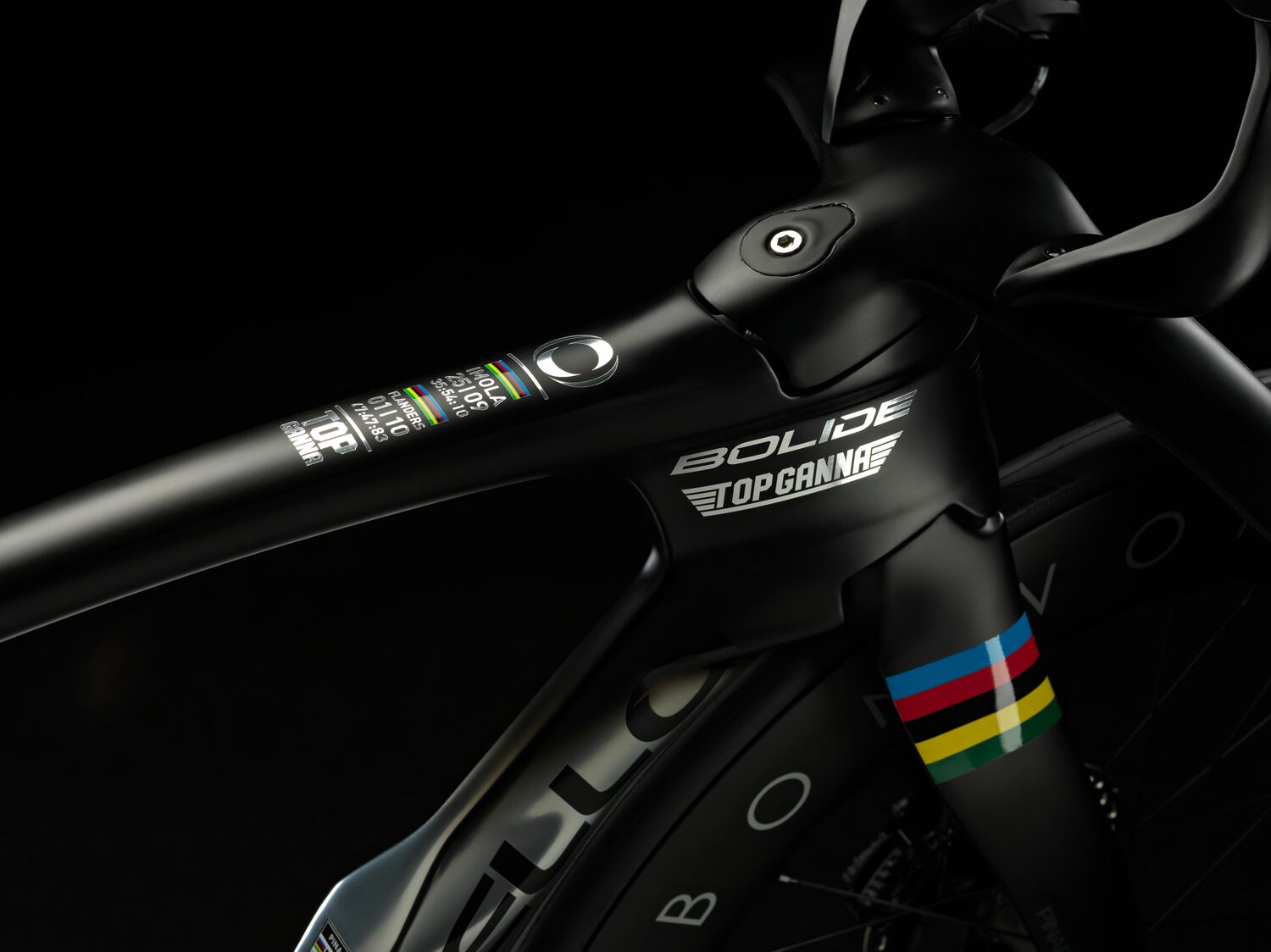
A new headset, which introduces Pinarello’s TiCR system - no details about that as yet except that it means 'total integrated cable routing' - meant the designers could reduce the thickness of the stem, consequently allowing a reduction in top tube thickness and improved aerodynamics, according to Pinarello. It's also aimed at delivering a more direct and fast-handling feel to the bike.
But it’s the extensions that appear to supply the quoted aerodynamic improvement: Pinarello says areas of sensitivity were also identified around the risers and forearms, which showed a potential for 2-3% in aerodynamic improvement.
Most of Pinarello’s top athletes use custom 3D-printed bar extensions and Pinarello plans to roll out this service to its customers. The extensions are created by scanning the riders’s forearms in the most aerodynamic position and then custom 3D printing in titanium. This allows all gaps between the bar extensions and forearms to be closed off. The service requires an appointment with a scanning centre in the UK or in Italy, which can be booked through one of Pinarello’s official retailers. There’s no price quoted: pricing will be based on the result of the preliminary assessment. Rest assured it won't be cheap.
Lower weight
The bit about lighter weight usually comes higher up in a press release, but since a TT bike is all about aerodynamics, the saving of the grams is in the penultimate paragraph.
Improving aerodynamics generally involves increasing tube surface area – which usually means adding weight. However, thanks to CFD and wind tunnel work, Pinarello claims its engineers were able to “not only design a more aerodynamic bike, but also reduce the weight of the “frame kit and brakes” by 170g.”
Although there’s still a question mark over the actual aero gains (we think), if these claims for the weight add up in the real world, it’s pretty impressive to make a disc TT bike lighter than a rim-brake bike. Here are the quoted figures:
Bolide TT, rim brakes: 2,435 grams (size 55, including fork and bearings, seatpost, rim brakes with covers, and wires). Compared to to Bolide F TT, disc brakes: 2,265 grams (size 55, including fork and bearings, seatpost, disc brakes and hydraulic tubes).
The frame itself in the size 550 has a claimed weight of 1,100g, which again is impressive for a disc-brake TT bike.
And no launch story is complete without numbers for stiffness increases - except for in rare occasions such as when Cervelo made the new R3’s front end less stiff.
So, Pinarello claims for the new Bolide F:
* Stiffness on the BB area is increased by 17%
* Stiffness on the head tube area is increased by 7%
* Fork is 12% stiffer fore/aft and 5% stiffer sideways
And finally, Pinarello says Filippo Ganna reported that the bike feels a lot stiffer, is faster out of corners, and has much better handling. Obviously he’s paid to say that, but it will be fascinating to see whether it helps him to put even more time into his prologue rivals on Friday.
There's no pricing information as yet.
Specifications
- Carbon Toray M40X
- Asymmetric frame
- Bolide F TT Onda fork
- TiCR (total integrated cable routing)
- 1.5 upper and 1 1/4 lower steerer
- Italian thread BB
- UCI approved
- Disc brakes
- Max tyre 622x28c
- Frame weight: 1,100g size 550, raw frame, unpainted

Thank you for reading 20 articles this month* Join now for unlimited access
Enjoy your first month for just £1 / $1 / €1
*Read 5 free articles per month without a subscription

Join now for unlimited access
Try first month for just £1 / $1 / €1
Get The Leadout Newsletter
The latest race content, interviews, features, reviews and expert buying guides, direct to your inbox!
Simon Smythe is a hugely experienced cycling tech writer, who has been writing for Cycling Weekly since 2003. Until recently he was our senior tech writer. In his cycling career Simon has mostly focused on time trialling with a national medal, a few open wins and his club's 30-mile record in his palmares. These days he spends most of his time testing road bikes, or on a tandem doing the school run with his younger son.
-
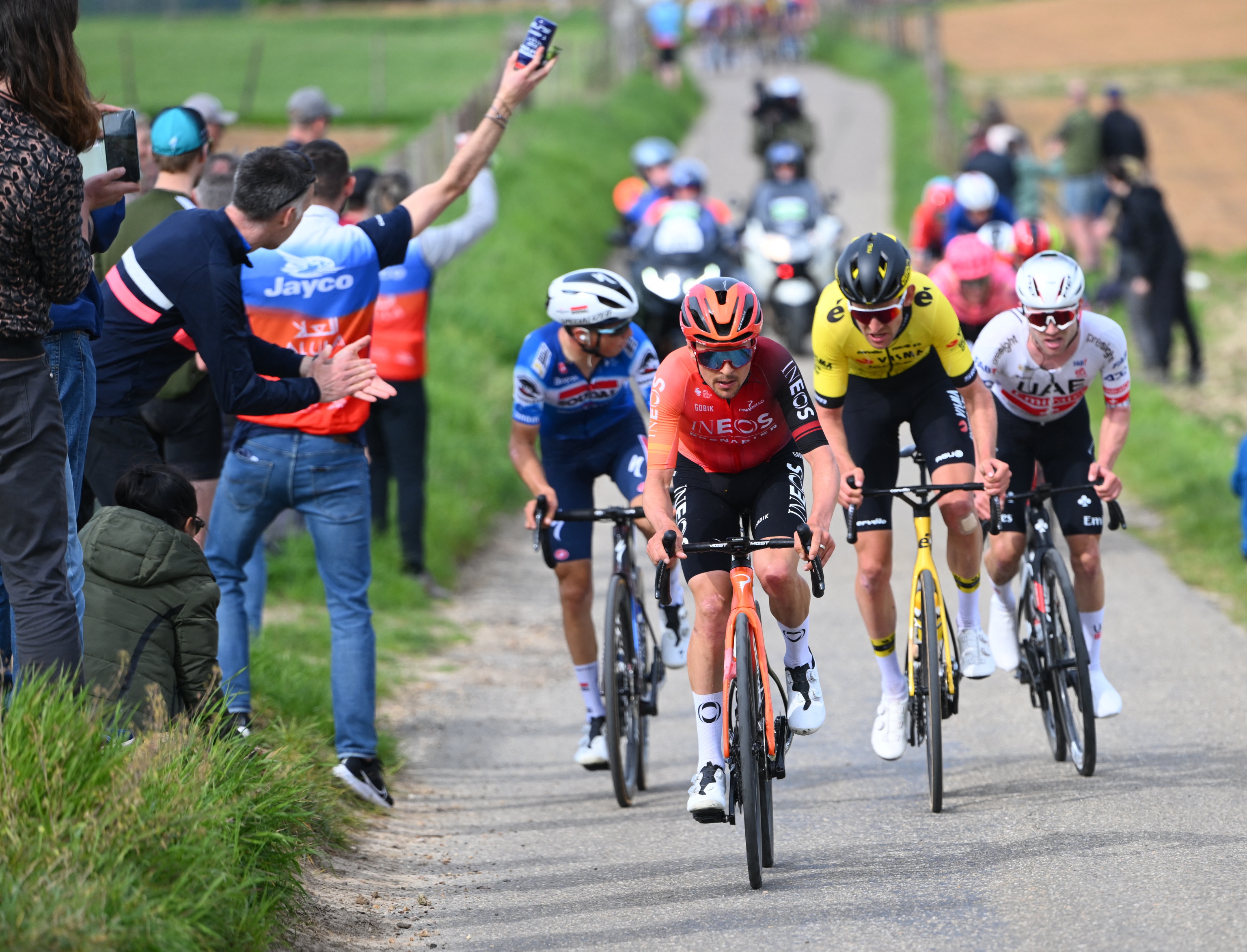 How to watch the Amstel Gold Race 2025: Everything you need to live stream the Dutch Classic
How to watch the Amstel Gold Race 2025: Everything you need to live stream the Dutch ClassicAll the broadcast information for the first of the Ardennes Classics on 20 April with Tom Pidcock – here's how to watch Amstel Gold Race online and on TV.
By Adam Becket
-
 Can you make a living as an American domestic road racer? A look inside the part-time professionalism of the American road peloton
Can you make a living as an American domestic road racer? A look inside the part-time professionalism of the American road pelotonAfter decades of booms and busts, the American road scene finds itself in a fragile place. We spoke to riders to understand the reality of chasing the dream on home soil
By Logan Jones-Wilkins